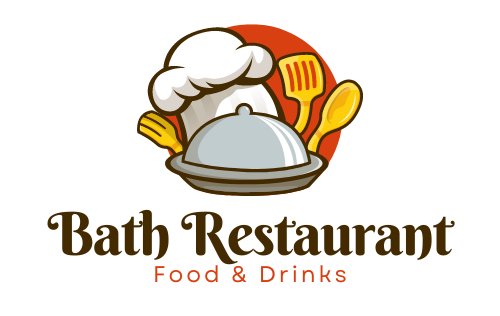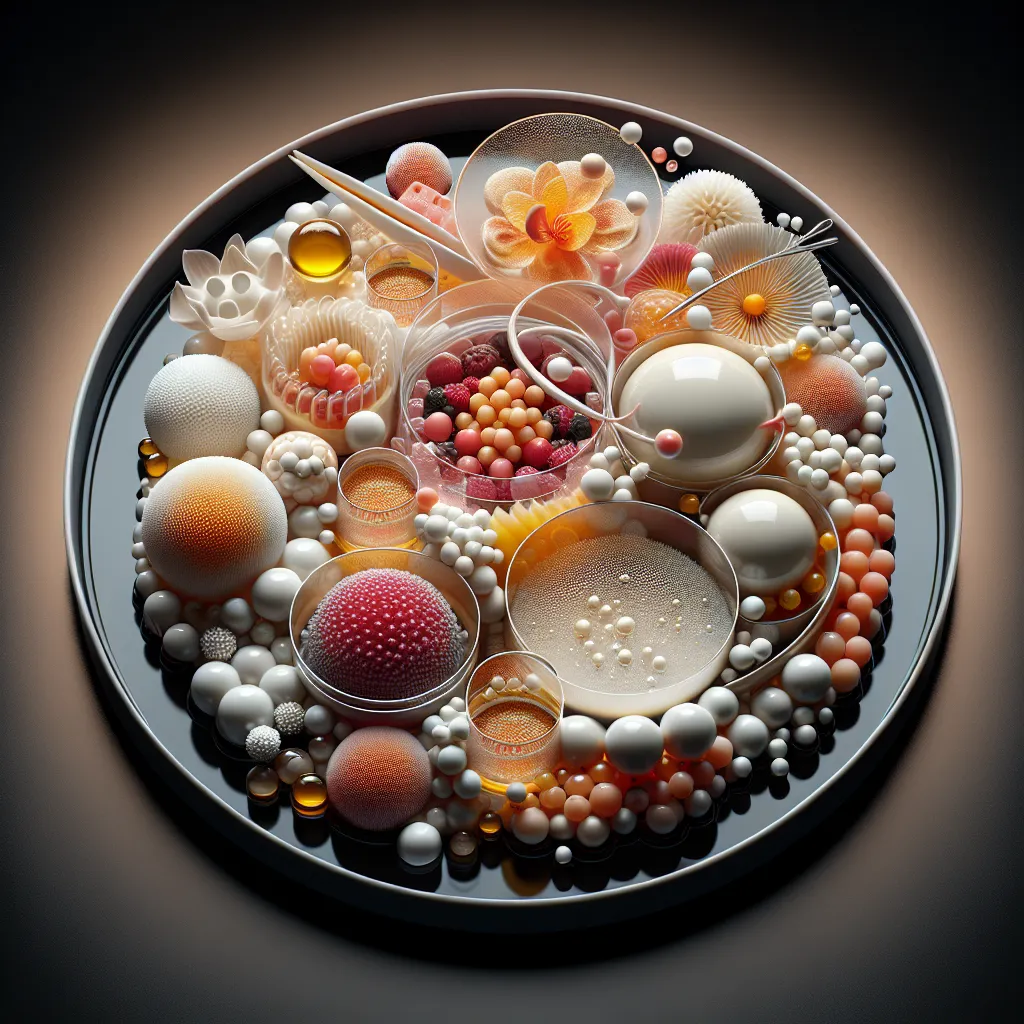– The Science Behind Molecular Gastronomy: Unraveling the Culinary Innovations
Exploring the art of molecular gastronomy in modern dining not only offers a unique culinary experience but also delves into the fascinating science behind food preparation. Molecular gastronomy, a discipline that blends physics and chemistry with culinary arts, has revolutionized the way food is prepared and presented in upscale restaurants around the world.
At the core of molecular gastronomy is the exploration of the physical and chemical transformations that occur during cooking. Chefs and food scientists experiment with techniques such as spherification, foams, and gels to create innovative dishes that stimulate both the palate and the senses. By understanding the properties of ingredients on a molecular level, chefs can manipulate textures, flavors, and appearances in ways previously unattainable through traditional cooking methods.
One of the key principles of molecular gastronomy is the use of modernist techniques and technologies to enhance the dining experience. From sous-vide cooking to the use of liquid nitrogen, these methods allow chefs to precisely control the cooking process and create dishes with unparalleled precision and consistency.
Furthermore, the integration of scientific principles into culinary creations has led to the development of new and exciting flavor combinations. By leveraging the understanding of aroma compounds and taste perception, chefs can push the boundaries of traditional flavor pairings, resulting in unexpected and delightful taste experiences for diners.
In conclusion, the art of molecular gastronomy is a testament to the endless possibilities that arise from the fusion of science and culinary innovation. By unraveling the science behind molecular gastronomy, chefs continue to push the boundaries of what is possible in modern dining, elevating the culinary experience to new heights.
– A Culinary Revolution: Transforming Dining Experience through Molecular Gastronomy
The art of molecular gastronomy has revolutionized the traditional dining experience, offering a modern and innovative approach to cooking and food presentation. By combining scientific principles with culinary techniques, chefs are able to create unique and visually stunning dishes that tantalize the senses. This culinary revolution has transformed the way we perceive food, turning dining into an immersive and interactive experience.
Molecular gastronomy explores the physical and chemical transformations that occur during cooking, focusing on the processes and ingredients at a molecular level. Through the use of specialized equipment and techniques such as spherification, gelification, and foams, chefs are able to deconstruct and reconstruct familiar flavors in unexpected ways. This approach allows for the creation of dishes with surprising textures, temperatures, and forms, expanding the possibilities of taste and presentation.
One of the key aspects of molecular gastronomy is its emphasis on experimentation and creativity. Chefs are constantly pushing the boundaries of traditional cooking, using cutting-edge technology and scientific knowledge to devise new culinary experiences. This approach has paved the way for a wave of avant-garde restaurants and dining concepts, where guests can participate in multi-sensory tasting menus and immersive dining experiences.
In conclusion, molecular gastronomy represents a culinary revolution that has transformed the dining experience. Through its focus on scientific principles, creativity, and innovation, this art form has redefined the possibilities of food and dining, exciting the palates and imaginations of diners around the world.
Remember in writing for SEO, utilizing keywords such as „molecular gastronomy,” „culinary revolution,” „modern dining,” and „immersive dining experience” is crucial for optimizing the article for search engines.
The art of molecular gastronomy has revolutionized the traditional dining experience, offering a modern and innovative approach to cooking and food presentation. By combining scientific principles with culinary techniques, chefs are able to create unique and visually stunning dishes that tantalize the senses. This culinary revolution has transformed the way we perceive food, turning dining into an immersive and interactive experience.
Molecular gastronomy explores the physical and chemical transformations that occur during cooking, focusing on the processes and ingredients at a molecular level. Through the use of specialized equipment and techniques such as spherification, gelification, and foams, chefs are able to deconstruct and reconstruct familiar flavors in unexpected ways. This approach allows for the creation of dishes with surprising textures, temperatures, and forms, expanding the possibilities of taste and presentation.
One of the key aspects of molecular gastronomy is its emphasis on experimentation and creativity. Chefs are constantly pushing the boundaries of traditional cooking, using cutting-edge technology and scientific knowledge to devise new culinary experiences. This approach has paved the way for a wave of avant-garde restaurants and dining concepts, where guests can participate in multi-sensory tasting menus and immersive dining experiences.
In conclusion, molecular gastronomy represents a culinary revolution that has transformed the dining experience. Through its focus on scientific principles, creativity, and innovation, this art form has redefined the possibilities of food and dining, exciting the palates and imaginations of diners around the world.
– Innovative Techniques and Flavors: Embracing Molecular Gastronomy in Contemporary Cuisine
Modern gastronomy has been revolutionized by the incorporation of innovative techniques and flavors, thanks to the emergence of molecular gastronomy. This avant-garde culinary approach focuses on the scientific understanding of the physical and chemical transformations that occur during cooking. By embracing molecular gastronomy, contemporary cuisine has reached new heights of creativity and sensory experience.
One of the hallmark techniques of molecular gastronomy is spherification, which involves the creation of liquid-filled spheres that burst with flavor in the diner’s mouth. This technique allows chefs to present familiar flavors in a completely novel form, providing a multisensory experience that challenges traditional expectations of texture and taste. Additionally, foams created through the use of foaming agents bring a light and airy texture to dishes, adding an element of surprise and delight.
Furthermore, the use of liquid nitrogen in the kitchen has enabled chefs to create instant ice creams, frozen cocktails, and other frozen delights, captivating diners with the drama of billowing vapors and the immediate transformation of ingredients. The juxtaposition of hot and cold temperatures within a single dish adds an element of excitement and contrast to the dining experience.
With the careful combination of innovative techniques and flavors, molecular gastronomy has brought about a revolution in contemporary cuisine, redefining the way we perceive and experience food. By pushing the boundaries of culinary artistry, chefs are able to stimulate diners’ senses and emotions, creating unforgettable dining experiences that linger in the memory long after the meal is finished.




